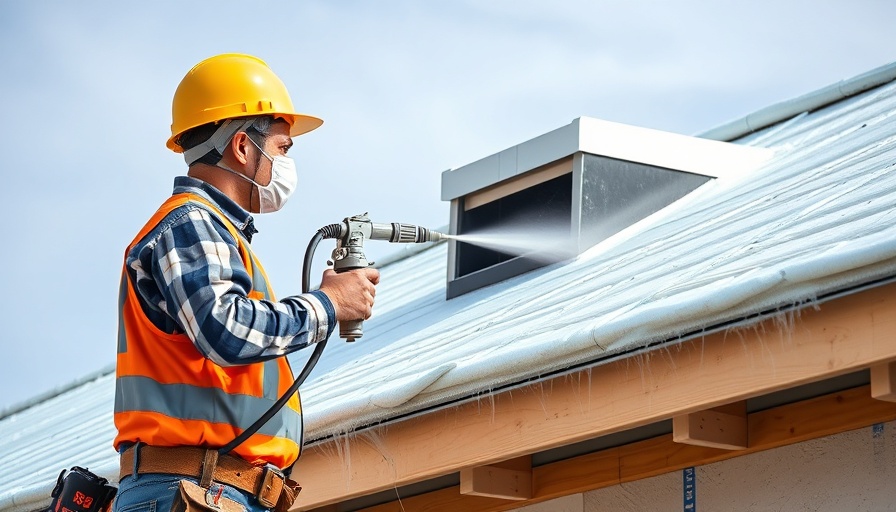
Unvented Low Slope Roofs: Creating Effective Vapor Barriers for Climate Resilience
As the construction industry increasingly embraces innovative techniques to improve energy efficiency and moisture control, unvented low slope roofs have emerged as a popular choice. These assemblies capitalize on the principles of advancing building science to create a comfortable and durable environment for homes, particularly in challenging climates. But how does one form an effective vapor barrier in such assemblies? Understanding the complexities can make a significant difference in energy performance and long-term durability.
Understanding Unvented Low Slope Roof Assemblies
Unvented low slope roof systems create a streamlined envelope by eliminating conventional ventilation openings. This design shifts the thermal, moisture, and air control boundaries to the plane of the roof deck. According to Christopher Schumacher in BSD-149: Unvented Roof Assemblies for All Climates, this approach has been increasingly adopted across North America since it was first popularized in the mid-90s. Between better energy efficiency and improved living conditions, unvented assemblies present a compelling case for modern home design.
The Importance of Vapor Barriers
Building codes mandate the careful placement of vapor barriers, especially in climate zones susceptible to moisture ingress. An effective vapor barrier minimizes the risk of condensation occurring within roof assemblies, which can lead to structural damage and mold growth. The strategic placement of vapor barriers in unvented roofs aligns with recommendations from industry experts like Michael Maines, who emphasize accurate R-value calculations and the provision for moisture control.
Key Considerations for Installation
When constructing an unvented low slope roof, careful planning regarding insulation materials and vapor barrier placement is vital. As noted in both Green Building Advisor and Schumacher's findings, traditional materials like closed-cell spray polyurethane foam (ccSPF) have unique properties that allow them to double as both insulation and moisture control layers. This versatility not only simplifies construction but also maximizes the assembly’s resistance to moisture intrusion.
Future Trends in Roofing Technology
The evolution of unvented roof assemblies points to a significant shift in construction technology, which is accompanied by an increasing reliance on modern materials and methodologies. The industry is witnessing innovations in vapor barrier technology, with materials that promise enhanced durability and efficiency. This transition toward more efficient building practices indicates a growing recognition of the need for sustainable construction methods amid climate change challenges.
Challenges and Counterarguments in Unvented Roof Construction
Despite their benefits, critics have raised concerns about unvented low slope roofs. Some argue that the absence of ventilation increases the risk of moisture-related issues if not correctly managed. It’s crucial for builders to be equipped with comprehensive knowledge of moisture control strategies. Educating industry professionals about the critical importance of proper insulation placement and vapor barrier selection can mitigate potential challenges. The benefits of this construction methodology, however, tend to outweigh its drawbacks when executed proficiently.
Real-World Applications: Case Studies
Several constructors have successfully implemented unvented low slope roofing systems in diverse climates, showcasing their applicability and efficiency. For instance, homes built in the upper Midwest have utilized this approach, resulting in favorable energy performance ratings and homeowner satisfaction. The real-world applications demonstrate how proper construction techniques can lead to enduring structures that are both environmentally friendly and economically viable.
Actionable Insights: Best Practices for Homeowners
For homeowners considering the unvented roof assembly, collaboration with knowledgeable contractors is paramount. Seeking professionals who can provide insights on the best materials and installation practices ensures long-term effectiveness and performance. Educating oneself about the characteristics of various insulations and vapor barriers allows homeowners to make informed choices, ultimately achieving a durable, comfortable living space.
 Add Row
Add Row  Add
Add 






Write A Comment